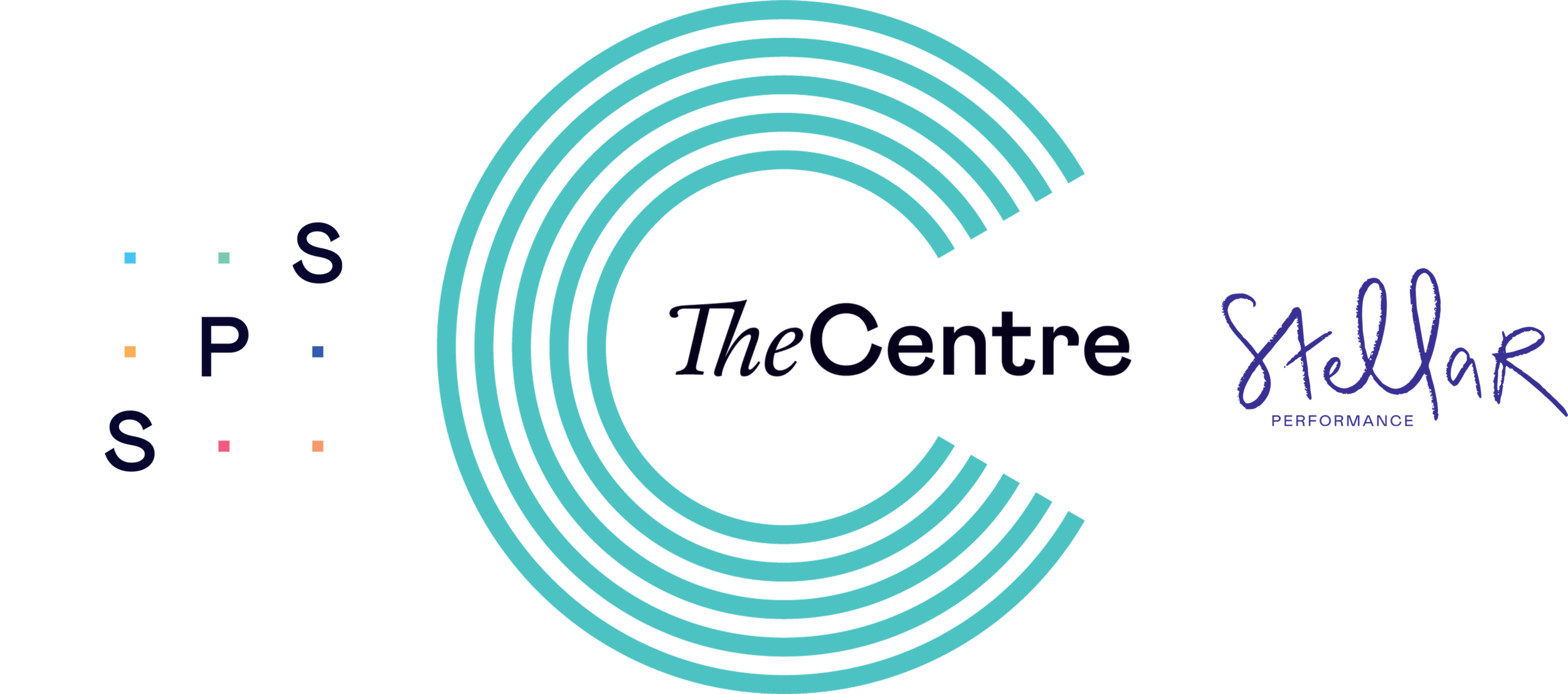N - Neurotransmitters - What are they?
A Neurotransmitter is a chemical substance which is released at the end of a nerve fibre by the arrival of a nerve impulse and, by diffusing across the synapse or junction, effects the transfer of the impulse to another nerve fibre, a muscle fibre, or some other structure.
What are the five major neurotransmitters?
Small molecule – neuromodulators:
dopamine (DA) – behavior learning, receptors are “D”
serotonin (5-HT) – mood(?), receptors are “5-HT”
acetylcholine (ACh) – attention, receptors are “M” and nicotinic.
norepinephrine (NE) – vigilance, receptors are alpha, beta.
histamine (HIST) – sleep/wake, receptors are “H”
Why is this important to massage and soft tissue practitioners?
You will constantly be told that ‘there isn’t the evidence for massage’, or ‘massage is only a placebo’ or ‘massage hasn’t been proven to be effective’……….well don’t be fooled. The evidence is there or on its way. The following two articles have been chosen at random as they demonstrate the effects of massage on neurotransmitters.
This tiny snapshot is the tip of the iceberg so while we wait for the ‘evidence’ some areas of medicine require in order to fund massage (essentially this has always been the issue!) continue to record and celebrate practice based evidence. If your clients, patients, friends & family benefit why wouldn’t you provide massage and soft tissue skills to improve health & wellbeing??
CORTISOL DECREASES AND SEROTONIN AND DOPAMINE INCREASE FOLLOWING MASSAGE THERAPY
TIFFANY FIELD, MARIA HERNANDEZ-REIF, MIGUEL DIEGO, SAUL SCHANBERG & CYNTHIA KUHN
Pages 1397-1413 | Received 22 Nov 2004, Published online: 07 Jul 2009
In this article the positive effects of massage therapy on biochemistry are reviewed including decreased levels of cortisol and increased levels of serotonin and dopamine. The research reviewed includes studies on depression (including sex abuse and eating disorder studies), pain syndrome studies, research on auto-immune conditions (including asthma and chronic fatigue), immune studies (including HIV and breast cancer), and studies on the reduction of stress on the job, the stress of aging, and pregnancy stress. In studies in which cortisol was assayed either in saliva or in urine, significant decreases were noted in cortisol levels (averaging decreases 31%). In studies in which the activating neurotransmitters (serotonin and dopamine) were assayed in urine, an average increase of 28% was noted for serotonin and an average increase of 31% was noted for dopamine. These studies combined suggest the stress-alleviating effects (decreased cortisol) and the activating effects (increased serotonin and dopamine) of massage therapy on a variety of medical conditions and stressful experiences.
Lower Back Pain is Reduced and Range of Motion Increased After Massage Therapy
Maria Hernandez-reif, Tiffany Field, Josh Krasnegor & Hillary Theakston
Pages 131-145 | Received 03 Jan 2000, Published online: 07 Jul 2009
Results: By the end of the study, the massage therapy group, as compared to the relaxation group, reported experiencing less pain, depression, anxiety and improved sleep. They also showed improved trunk and pain flexion performance, and their serotonin and dopamine levels were higher.
Conclusions: Massage therapy is effective in reducing pain, stress hormones and symptoms associated with chronic low back pain.
If you need any further help, support or guidance then contact us to arrange a One to One or attend a course in advanced soft tissue skills, assessment or agree a bespoke education programme to meet your needs.

